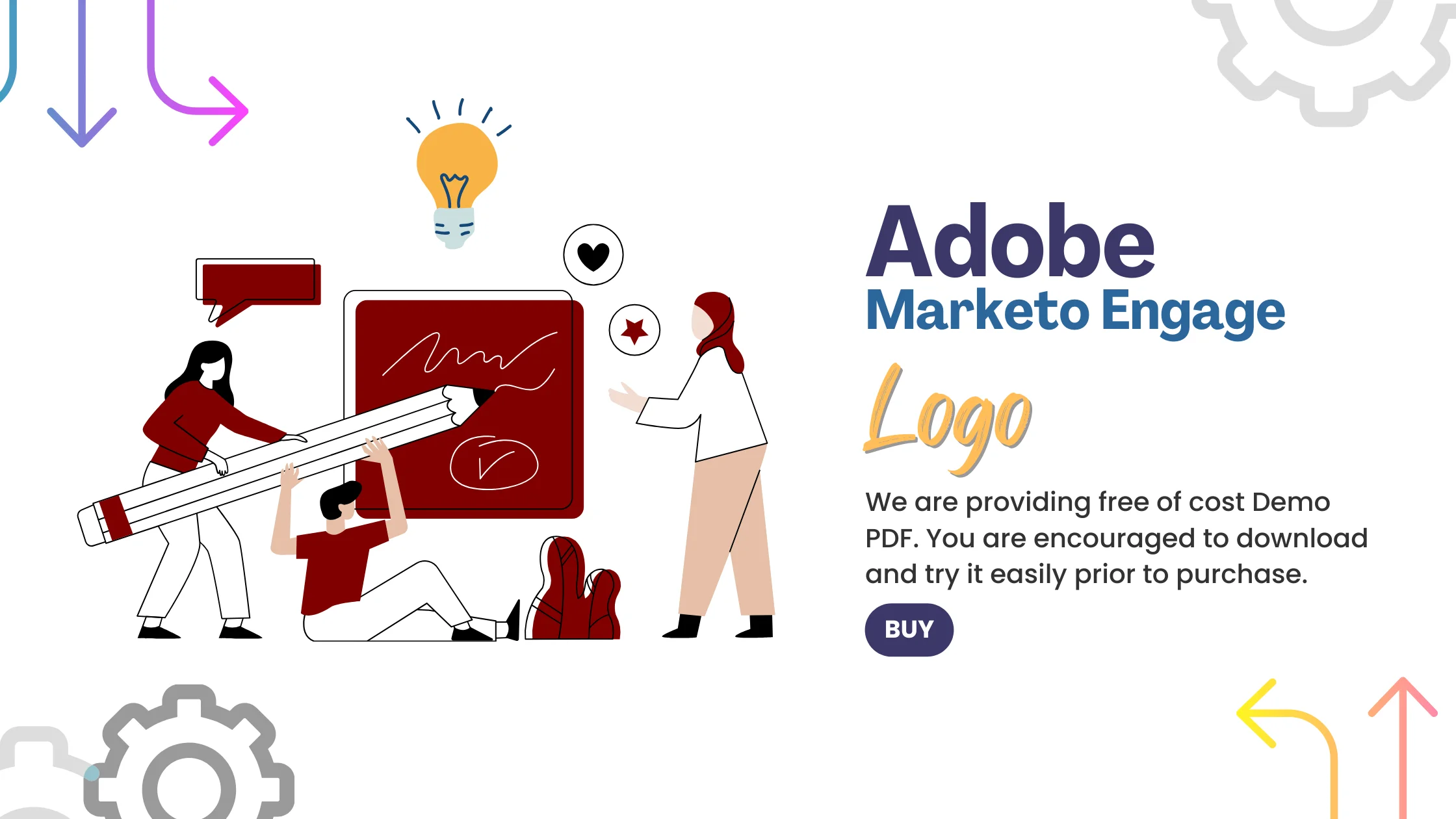
Marketo Engage Dynamic Content: Complete Buyer's Guide
Adobe's enterprise-grade approach to AI-powered personalization
Marketo Engage Dynamic Content represents Adobe's enterprise-grade approach to AI-powered personalization within the marketing automation ecosystem. It positions itself as a comprehensive solution that eliminates the traditional trade-off between personalization depth and operational scalability.
Market Position & Maturity
Market Standing
Marketo Engage Dynamic Content operates from a position of established market strength within the enterprise marketing automation ecosystem, leveraging Adobe's comprehensive technology portfolio and substantial enterprise customer base.
Company Maturity
Adobe's established enterprise customer relationships across Fortune 500 organizations provide Marketo Engage Dynamic Content with proven deployment experience and comprehensive change management capabilities developed through thousands of enterprise implementations[42][52].
Growth Trajectory
Adobe's strategic focus on AI and machine learning through Sensei development indicates sustained technology advancement, while the company's acquisition strategy demonstrates commitment to expanding marketing automation capabilities through strategic technology integration[1].
Industry Recognition
Consistent placement in Gartner Magic Quadrant for B2B Marketing Automation Platforms and Forrester Wave evaluations, though specific current rankings require verification.
Strategic Partnerships
Strategic partnerships with major technology vendors including Salesforce (for CRM integration), Microsoft (for productivity tool connectivity), and various martech ecosystem players demonstrate comprehensive integration capabilities.
Longevity Assessment
Longevity assessment strongly favors continued operation and development given Adobe's market position, financial stability, and strategic commitment to marketing automation.
Proof of Capabilities
Customer Evidence
Televerde's documented transformation provides compelling evidence of Marketo Engage Dynamic Content's operational impact for enterprise B2B organizations.
Quantified Outcomes
Televerde achieved 75% reduction in campaign setup time, decreasing deployment from 2 hours to 30 minutes while doubling overall marketing productivity[58].
Case Study Analysis
Anonymous enterprise case study reports $25.6 million in documented value over three years through 205% ROI, though specific methodology and customer identity require verification[57].
Market Validation
Customer adoption patterns reveal consistent success among organizations with existing Adobe ecosystem investments and comprehensive implementation approaches.
Competitive Wins
Competitive displacement examples show Marketo Engage Dynamic Content winning against standalone personalization vendors and competing marketing automation platforms through comprehensive ecosystem integration and predictive analytics capabilities.
Reference Customers
Reference customer diversity spans multiple industries including technology, healthcare, financial services, and professional services.
AI Technology
Marketo Engage Dynamic Content operates through a segmentation-driven architecture that combines rule-based personalization with machine learning-powered content recommendations via Adobe Sensei integration.
Architecture
Technical architecture requires JavaScript tag installation across websites to enable content discovery and tracking, with all discovered assets requiring manual approval before deployment[46][52].
Primary Competitors
Salesforce Marketing Cloud, HubSpot Enterprise, and Oracle Eloqua.
Competitive Advantages
Native Adobe ecosystem integration providing seamless Creative Cloud connectivity and comprehensive attribution modeling unavailable from standalone personalization vendors[42][52].
Market Positioning
Marketo Engage Dynamic Content is positioned among the top-tier enterprise integration platforms, competing directly against comprehensive marketing automation ecosystems rather than specialized AI content tools.
Win/Loss Scenarios
Win/loss scenarios favor Marketo Engage Dynamic Content when organizations prioritize ecosystem integration requirements, segmentation complexity needs, and comprehensive implementation resources.
Key Features

Pros & Cons
Use Cases
Integrations
Featured In Articles
Comprehensive analysis of AI Dynamic Content for AI Marketing & Advertising for AI Marketing & Advertising professionals. Expert evaluation of features, pricing, and implementation.
How We Researched This Guide
About This Guide: This comprehensive analysis is based on extensive competitive intelligence and real-world implementation data from leading AI vendors. StayModern updates this guide quarterly to reflect market developments and vendor performance changes.
58+ verified sources per analysis including official documentation, customer reviews, analyst reports, and industry publications.
- • Vendor documentation & whitepapers
- • Customer testimonials & case studies
- • Third-party analyst assessments
- • Industry benchmarking reports
Standardized assessment framework across 8 key dimensions for objective comparison.
- • Technology capabilities & architecture
- • Market position & customer evidence
- • Implementation experience & support
- • Pricing value & competitive position
Research is refreshed every 90 days to capture market changes and new vendor capabilities.
- • New product releases & features
- • Market positioning changes
- • Customer feedback integration
- • Competitive landscape shifts
Every claim is source-linked with direct citations to original materials for verification.
- • Clickable citation links
- • Original source attribution
- • Date stamps for currency
- • Quality score validation
Analysis follows systematic research protocols with consistent evaluation frameworks.
- • Standardized assessment criteria
- • Multi-source verification process
- • Consistent evaluation methodology
- • Quality assurance protocols
Buyer-focused analysis with transparent methodology and factual accuracy commitment.
- • Objective comparative analysis
- • Transparent research methodology
- • Factual accuracy commitment
- • Continuous quality improvement
Quality Commitment: If you find any inaccuracies in our analysis on this page, please contact us at research@staymodern.ai. We're committed to maintaining the highest standards of research integrity and will investigate and correct any issues promptly.